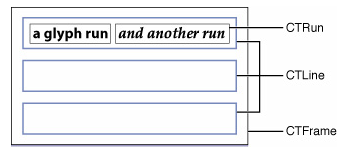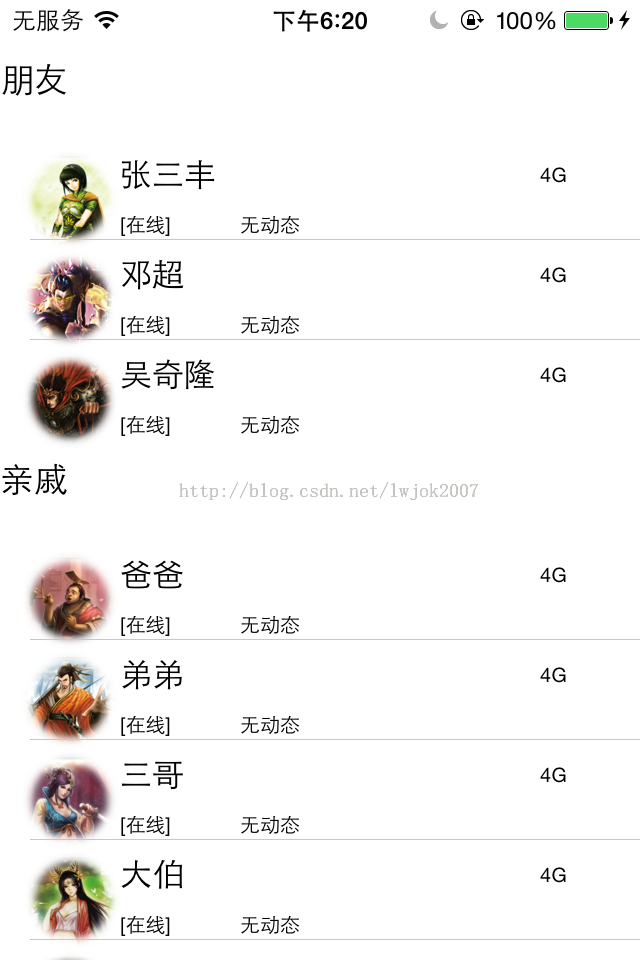ios實現程序切入後台,實現後台任務
- (void)applicationDidEnterBackground:(UIApplication *)application
{
// Use this method to release shared resources, save user data, invalidate timers, and store enough application state information to restore your application to its current state in case it is terminated later.
// If your application supports background execution, this method is called instead of applicationWillTerminate: when the user quits.
NSAssert(self->bgTask == UIBackgroundTaskInvalid, nil);
self->bgTask = [application beginBackgroundTaskWithExpirationHandler: ^{
// Synchronize the cleanup call on the main thread in case
// the task catully finished at around the same time.
dispatch_async(dispatch_get_main_queue(), ^{
if (UIBackgroundTaskInvalid != self->bgTask) {
[application endBackgroundTask:self->bgTask];
self->bgTask = UIBackgroundTaskInvalid;
}
});
}];
// Start the long-running task and return immediately.
dispatch_async(dispatch_get_global_queue(DISPATCH_QUEUE_PRIORITY_DEFAULT, 0),
^{
// Do the work assoicated with the task.
// Synchronize the cleanup all on the main thread in case
// the task catully finished at around the same time.
dispatch_async(dispatch_get_main_queue(), ^{
NSLog(@"Background Time:%f",[[UIApplication sharedApplication] backgroundTimeRemaining]);
if (UIBackgroundTaskInvalid != self->bgTask) {
[application endBackgroundTask:self->bgTask];
self->bgTask = UIBackgroundTaskInvalid;
}
});
});
}




